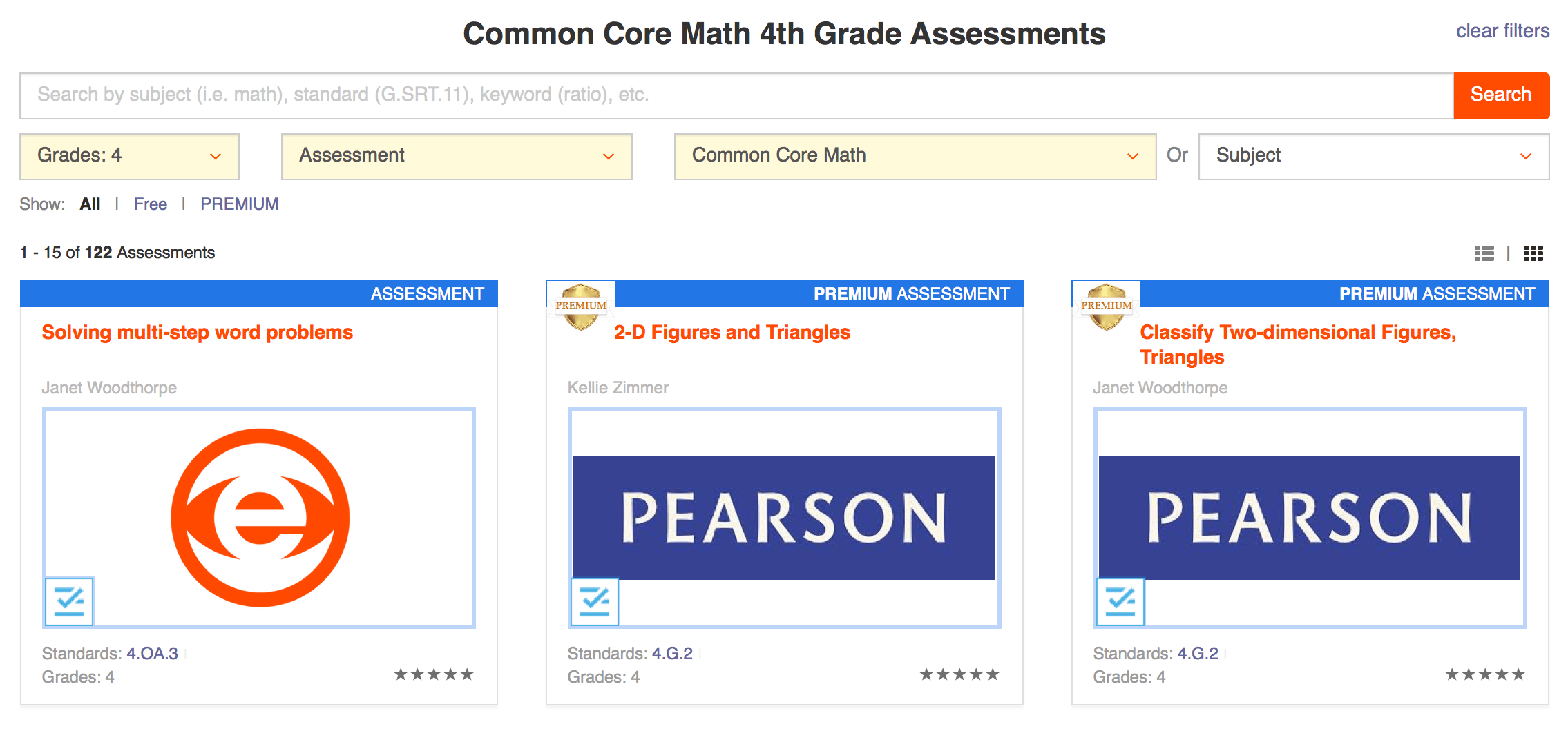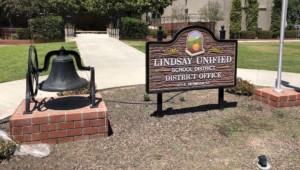Formative Assessment To Initiate Personalized Learning

“Meeting all of the different needs is tricky.” This quote from 2nd grade teacher Brooke Johnston could be the understatement of the year! When Ms. Johnston returned to her Alpine Elementary Classroom in Grand Rapids, Michigan after taking leave to start a family, she was faced with a challenge that rings true for most educators across the country: How do I meet the unique needs of each individual student? How do I provide the exact lesson at just the right time for a class full of students whose knowledge varies greatly? How do I both support and challenge simultaneously?
In order to truly personalize the learning environment for students, teachers need to have a genuine and comprehensive understanding of their students. This means knowing their academic strengths and weakness as part of a complete learner profile that gives a holistic view of each student. However, the academic strengths and weaknesses is not something that can be monitored a couple times of year. The assessment process should be embedded within each lesson and used as tool for immediate and consistent feedback.
The Difference Between Formative Assessment and Summative Assessment
When it comes to assessing student knowledge, we have traditionally followed a model in which we teach and then assess. In this situation, teachers, students, and parents identify what has been learned only after the assessment has been completed (and graded). An example this type of summative assessment would be an end of unit exam. As we move towards more student centered and personalized learning environments, it is essential that we go beyond assessing to determine knowledge and move into assessing as part of the learning process. This formative assessment is embedded within the lesson and gives teachers and students an immediate feedback loop that enhances learning.
Formative Assessment in the Classroom
Formative assessment may look different in different classrooms, but the purpose remains the same. Formative assessment should:
- Inform knowledge
- Inform and redirect practice
- Provide immediate feedback for teachers and students
- Occur frequently
- Provide useful data
- Be ongoing and embedded
- Include formal and informal assessments of knowledge
Whether a class has high or limited access to technology, frequently checking for understanding allows students to practice in low risk environments and gives teachers the information needed to adjust lessons to ensure that each student is given the support needed to succeed.
5 Ways to Quickly Check for Student Understanding
| Thumbs up/Thumbs Down (or 1, 2, 3) | Wondering if your class is ready to move on? Just ask. It doesn’t have to be complicated, show a thumbs up for solid understanding and a thumbs down for additional support. |
| Colored Cups | A variety of tools can be used here, but Solo cups or post it notes work great. Each student should have a red, yellow, and green cup. Throughout the lesson, students can use the cups to let you know where they are in their understanding. Green, ready to move on or needs a challenge, yellow indicates a level of confusion, and red tells you the student is struggling. |
| Mid Lesson “exit slips” with Mini Whiteboards | Traditional exit slips wait until the end of the class to ask a couple questions that will tell teachers what material sunk in and what needed to be reviewed. Why wait until the end of the class? Pick a question that will be easy for you to review quickly and assess understanding on the spot. Determine and prepare these questions ahead of time. If you don’t have mini white boards you can even just use a blank piece of paper. Ask a question, and have students show your answer. Adjust your game plan based on what you see. |
| Polling | If you are in a 1:1 classroom, use polling software, such as polleverywhere or todaysmeet to ask classwide information. |
| Auto-graded Assessments | Use a tool like OpenEd to assign students independent assessments. The platform will autograde and provide results as well as recommendations support. The advantage to an auto-graded assessment is the personalized recommended next steps for students based on formative assessment results. |
In order for these informal assessments to be valuable, the learning environment is essential. Students and teachers should embrace a growth mindset, and the classroom should be a place where mistakes are valued as part of the learning experience.
Technology as a Tool for Efficient Formative Assessment
General checks for understanding are extremely helpful, however in a personalized environment, these students will most likely be working on a variety of material in a variety of ways. Technology offers the opportunity to utilize formative assessment in a more personalized manner, while increasing teacher efficiency.
Tools like OpenEd help teachers to link assessment directly to instruction. As the world’s largest online library of standards-aligned resources for K-12 teachers, they house more than a million assessments, videos, games, and lesson plans for every Common Core Math and English/Language Arts Standards as well as Next Generation Science Standards. With OpenEd, teachers can assign unique assessments to each student. These assessments are automatically graded, and then provide the student with instant feedback and accompanying recommendations (individualized videos and additional resources for support); making the process of quiz to instruction practical, powerful AND supportive of an environment that tailors the experience for each student and their unique learning gaps.
In Ms. Johnston’s classroom, the typical 2nd grader has an NWEA MAP assessment score of 190, with students ranging from 150 – 223. She has 15 iPads, but the students do not have internet access at home. Johnston uses OpenEd to help differentiate formative assessment. “Having quick, automatically graded formative assessments on our iPads has been tremendously helpful. I can easily tell who is ready to move on to the next standard and who needs additional instruction.”
We are at an interesting time in history, in which the way students learn is drastically shifting. The combination of powerful technology with passionate teachers is creating a new path for personalization. Formative assessment is one of the first steps to personalizing the learning experience for students. In order to provide a personalized path, we have to first understand students’ strengths and weakness. Whether in a traditional classrooms or a next gen environment, understanding where your students are at academically, allows you to navigate the tricky path of meeting each students where they are at and excelling their learning path forward.
This is the first in a three part blog series on how personalization powers competency-based learning and is sponsored by OpenEd, the world’s largest resource library.
For more on formative assessment, check out:








chứng minh tài chính
This blog was... how do I say it? Relevant!! Finally I've found something which helped me.
Thanks a lot!
Bukola
This is the best way of learning.